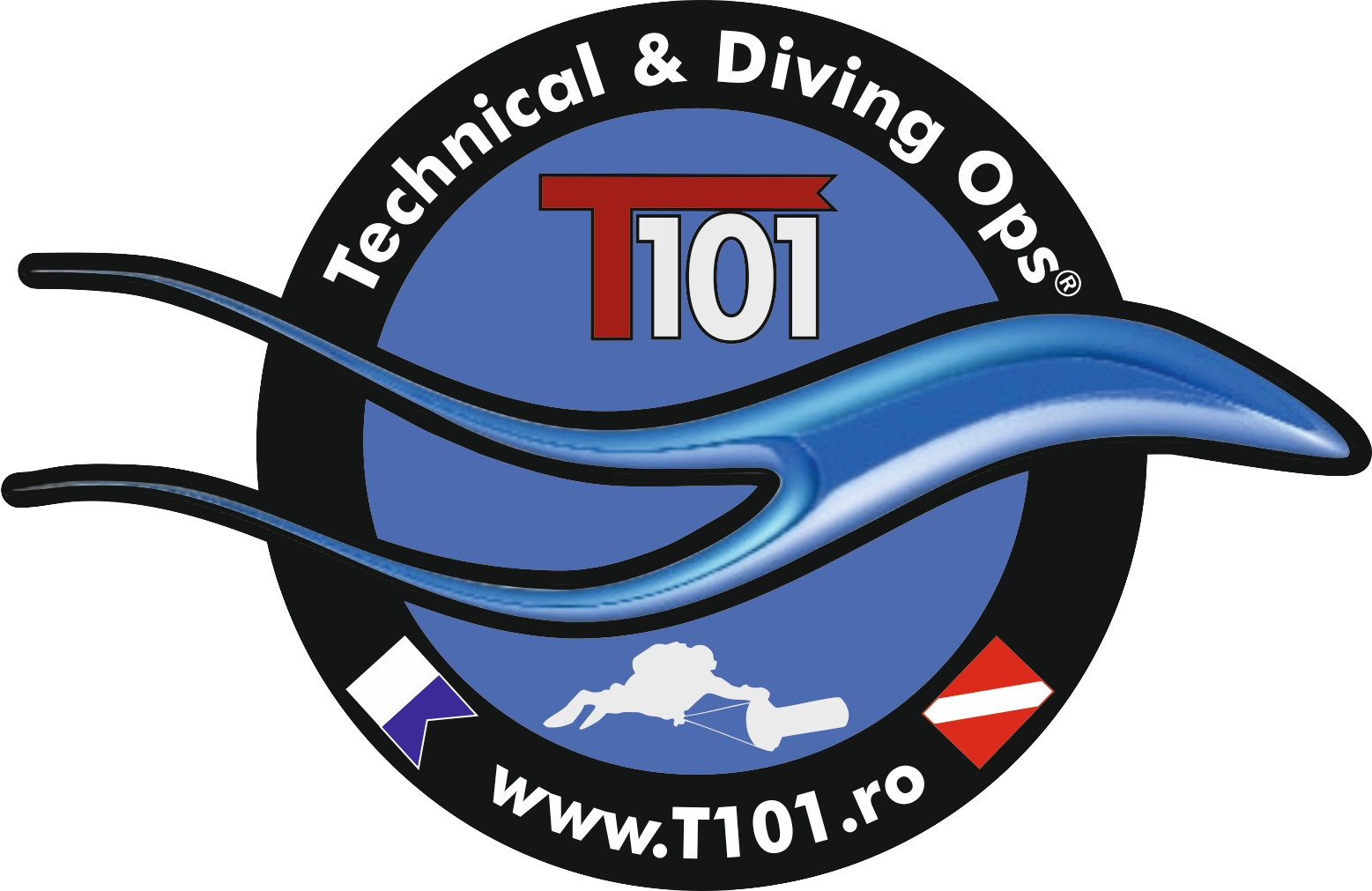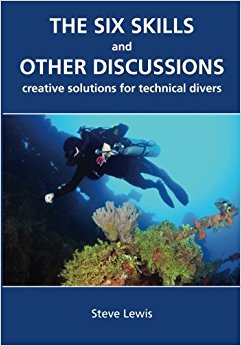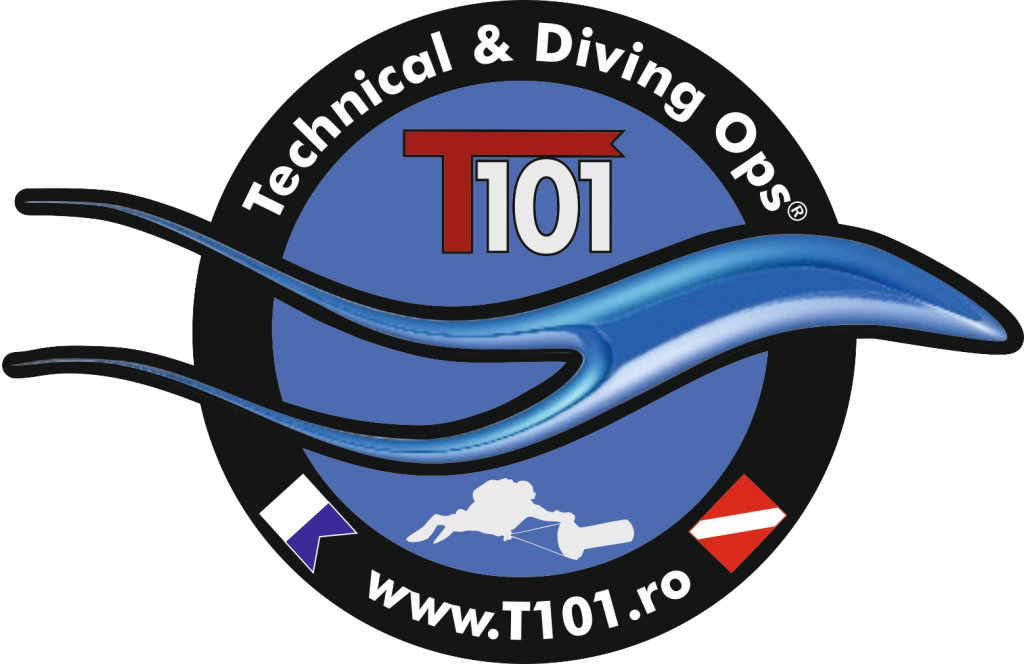The wrecks represent a point of attraction for many divers, a peak of their professional training, and a unique diving experience. Once full of life, the wrecks have a sad history, most of them being the result of either navigational errors, dirty sabotage decisions, or ugly military conflicts. In recent years, some countries have begun to sink ships intentionally, creating artificial reefs and thus attractions for diving tourists. Of course, the ships are “greened” first and then sunk as planned.
The wrecks have an attraction that can be fatal. Treated disrespectfully or arrogantly, wrecks can be real deadly traps.
Often, you have seen on specialized forums or in various materials published on the net, discussions, and comments on the topic: who is better: “the wreck diver or the cave diver” (Cave vs Advanced Wreck; Caves vs Mines; note: caverns would be the equivalent of a basic wreck) or “which dives are more dangerous/heavy: those in caves or those in wrecks” etc.
A pool started in July 2019 on Wreck Divers Awareness & Exploration Club® group on Facebook, revealed the following:
as of today, out of 73 votes, 12% voted for Caves while only 4% voted for Wrecks. A vast majority of 63% agreed that all (cave, wreck, mine) are dangerous.
ps: dangerous, is the term used in the general marketing concept, otherwise, we, as divers, talk about difficult & complex overhead environments!

The truth is that just as every recreational dive has its peculiarity and no two dives are alike, diving in caves and wrecks has its peculiarities with its “pros” and “cons” points.
Unfortunately, cave marketing works much more efficiently, which makes cave diving have average supremacy over wreck diving. Probably many of those who paved the way for (overhead) technical diving many years ago had the opportunity to dive mostly in caves (those in Florida and Mexico being the most famous) and therefore did not bother too much with the wrecks.
Often, the logistics for diving at wrecks are much more complex, especially if the wrecks are deep and the distance from the nearest port (safe heaven) is big. Also, the weather conditions are more difficult to control (even if the weather forecasts have fairly high accuracy and real-time monitoring).
And, let’s not forget… the seasickness… a pretty solid reason to keep in mind too!
Caves are always classified in “closed spaces – overhead” with independent courses (TDI, GUE, ANDI, UTD) while diving at/in wrecks has the status of “specialization” (PADI, SDI, RAID) and less dedicated “overhead course”. But there are agencies (ANDI, TDI, IANTD, SSI, NAUI, UTD) where there are dedicated overhead courses for “cave” & “wreck”. In some agencies, the definition of “wreck” does not appear at all (GUE). Instead, the courses of other agencies (BSAC, CMAS) must be followed with caution because the standards are somewhat outdated or far too simplistic. PSAI goes directly to the level of advanced wreck diver (with Sport Wreck Diving non-penetration level as pre-requisites!).
Some levels of certification can be confusing: for example, SSI Wreck Diver has as course enrollment requirements – Open Water Diver, only 2-course dives are performed in real conditions (and an optional dive in the pool), and the guide wire is optional. Even if is listed in “Advanced”. Anyway, there is Extended Range & Technical Wreck for proper advanced levels.
Instead, SDI Basic Wreck vs TDI Advanced Wreck Diver is clearly delineated in training and competence. Despite that, SDI is stating: “This course may be taught as a non-penetration, 2 dives required, or as a limited-penetration course, requiring 3 dives” but no clear notification is made on the CC to identify the training level. Therefore, is up to the diver to acknowledge and admit their own training and skills before planning & approaching a wreck!
ANDI Wreck Diver moves to the next level and classifies wreck diver certifications based on the Open Water (depth, gas(es), equipment configuration) and depth of penetration into the wreck (related to the guidewire and deviations from the guidewire – jumps) in L2 to L5.

ANDI diversifies the specializations for penetrations in wrecks, including in various combinations: OC, CCR, Sidemount, etc. On large and/or deep wrecks, DPV is also utilized for more efficient dive time.
Obviously, an advanced penetration into a wreck at -55m (TDI Advanced Wreck) is not the same as one into a wreck at -25m depth. But even in this case, there are lots of other factors (visibility, thermocline, off-even keel, state of degradation, type of cargo, type of construction, access areas, etc) which may “upgrade” the difficulty of the -25m wreck to/or even above, the level of -55m.
Each combination of equipment and penetration involves risk assessments, configuration and penetration techniques, swimming techniques, and buoyancy that must be controlled to perfection! Basic knowledge solidification courses – Fundamentals / Intro to Tech – offered by GUE, TDI, are highly recommended.
T101TDO® created Tek a Rec® – a customized concept for introduction to the tech world, which combines personal experience and the basic principles of other agencies, offering flexibility and dynamism in equipment, approach, training & attitude.
However, final certifications differ from agency to agency, even if they refer, at least in theory to (relatively) the same level of wreck dive execution. Therefore, in general, it is very difficult to make a table of equivalences between courses on different agencies, because each agency has its pluses and minuses at depth limits and diving/decompression times, gases used, standards, academic teaching methodologies, etc. …
Let’s not forget that the final “flavor” of the course and training is given by the experience and ability of the instructor to provide the necessary information and to push the limits of the diving student to progress.
Coming back to our wrecks, on Andy Davis’ blog – Scuba tech Philippines, a well-documented material – The anatomy of an effective wreck diving course – was recently published, which I recommend you to read.
Also, Gary Gentile’s book – “The Advanced Wreck Diving Handbook” can be useful, even if you are an experienced wreck diver.
Steve Lewis’s books – “The Six Skills and Other Discussions” & “Staying Alive” will help you a lot in consolidating some very useful general technical information in sports and technical diving.
Any theoretical material is very welcome for enriching your baggage of knowledge. But, before you venture to dive “at” and “in” the wrecks, take a proper course! Only in this way will you fully understand the beauty and hardness of a wreck. Don’t let your ego and ignorance dominate you.
And stay within the limits for which you have been certified and trained. Even if the temptation is great, life has priority.
If you are certified/qualified for an advanced level (OC / CCR, wrecks/caves/mines), don’t let routine dominate you. Challenge yourself from time to time to other courses, in other environments, with other teams so as not to be overwhelmed by the feeling of superiority acquired.
And a few more pieces of advice before enrolling in an (overhead) wreck diving course:
- “spy” your intended instructor (you have social media as a good tool, but not always an entirely accurate tool!). Check his wreck diving activities, protocols, and behavior. Is he diving wrecks for his own fun/exploration too or rather is doing it just for business?
- verify under which agency your intended instructor is training. Is true, that the personal “flavor” of each instructor is very important, but the backup academic materials are important too. Out there are lots of training agencies, with ISO & EUF certifications but with copy-paste standards, written by individuals with close to zero or purely, no experience whatsoever in what standards they “create”!
- make sure you, as a diver trainee, are up-to-date in your training & skills (as per your latest certification level before enrolling in the overhead activity), diving gear, fitness, medical, diving insurance, etc.
The wreck diver courses and training that I offer under the standards of the ANDI & TDI agencies are the following:
- ANDI SafeAir Wreck Diver L2: -40m, light zone; NSR, RBS as BO.
- ANDI Technical Wreck Diver L3: -40m, 3 cylinders & 3 gases (SafeAir®), Deco RT 30min.
- ANDI Exploration Wreck Diver L4: -40m, No limit, gases: SafeAir®, Deco RT as required.
- ANDI Technical TriMix Wreck Diver L3: -50m, 45min deco, minimum of 16% He.
- TDI Basic Wreck: -40m, limited-penetration/light zone, NSR.
- TDI Advanced Wreck: -55mtrs, unlimited penetration, deco, configuration, etc.
For additional information, on planning and diving at the wrecks, do not hesitate to contact me.
The above text does not intend to be an ultimate and final description of the wreck divers training options. Is just a general guideline & overview. Over time, agencies are modifying their web pages, standards, and protocols. Therefore, please check with your instructor and/or desired training agency for the latest updates.
this is the updated (August 2022) and English language version of







